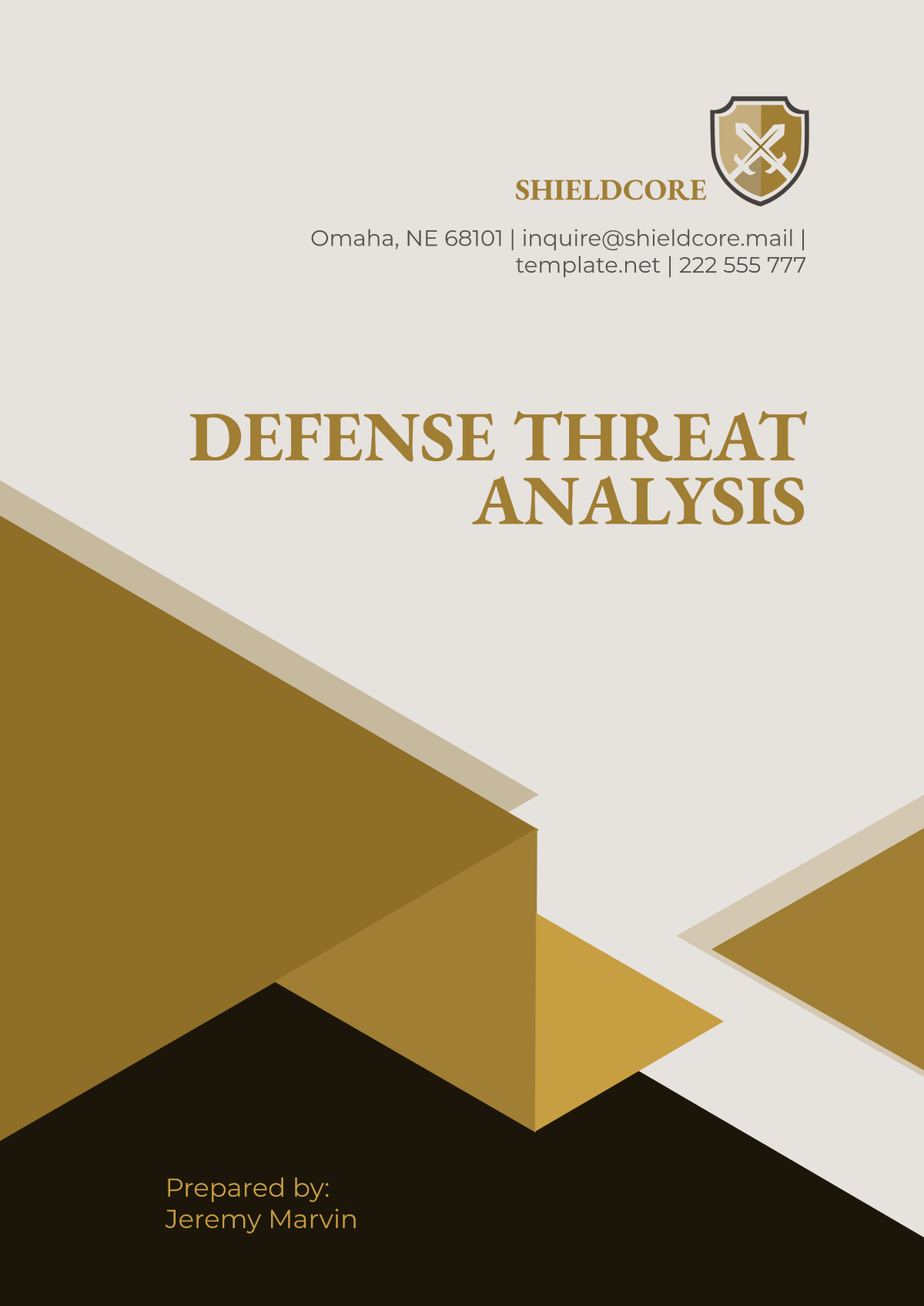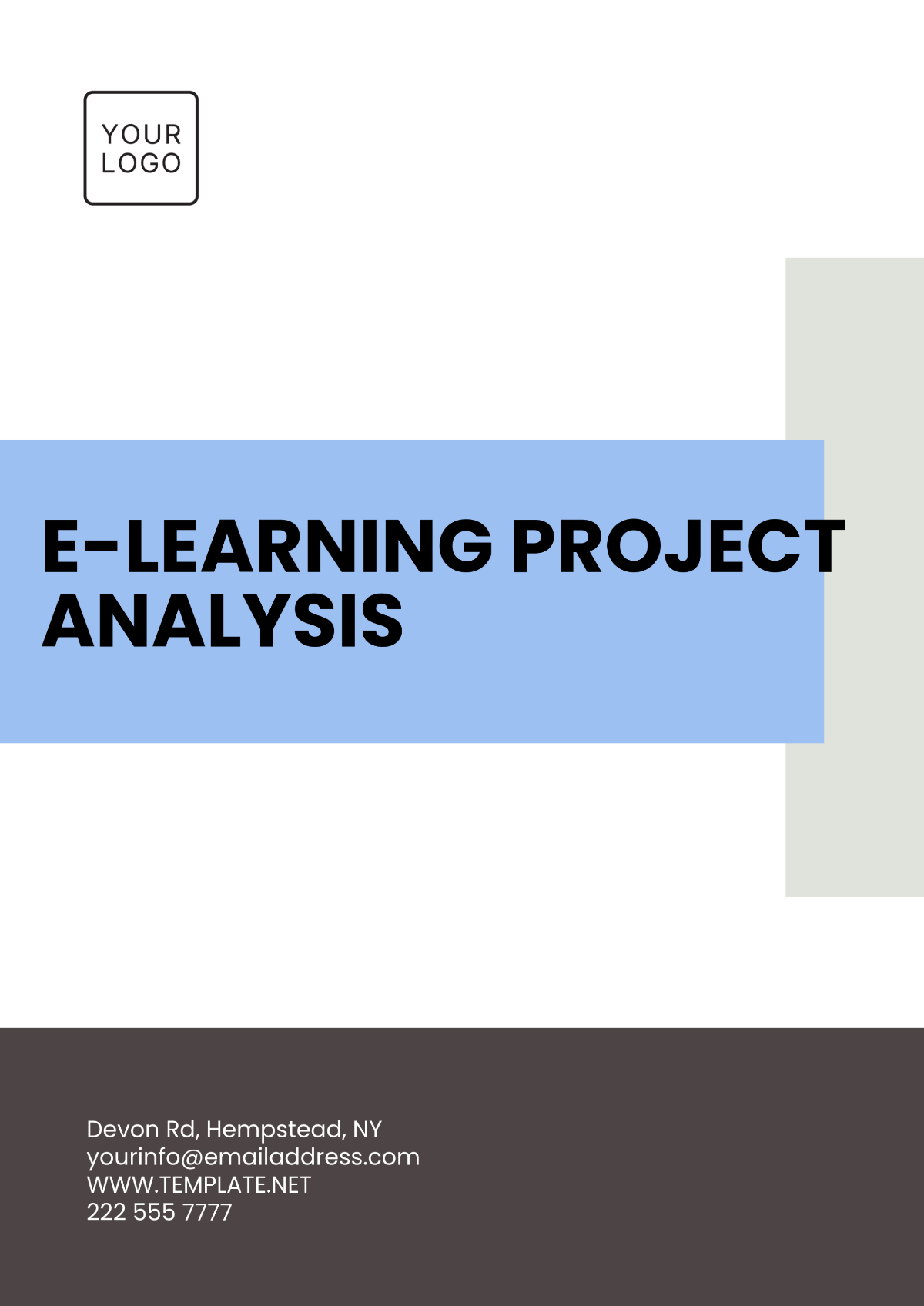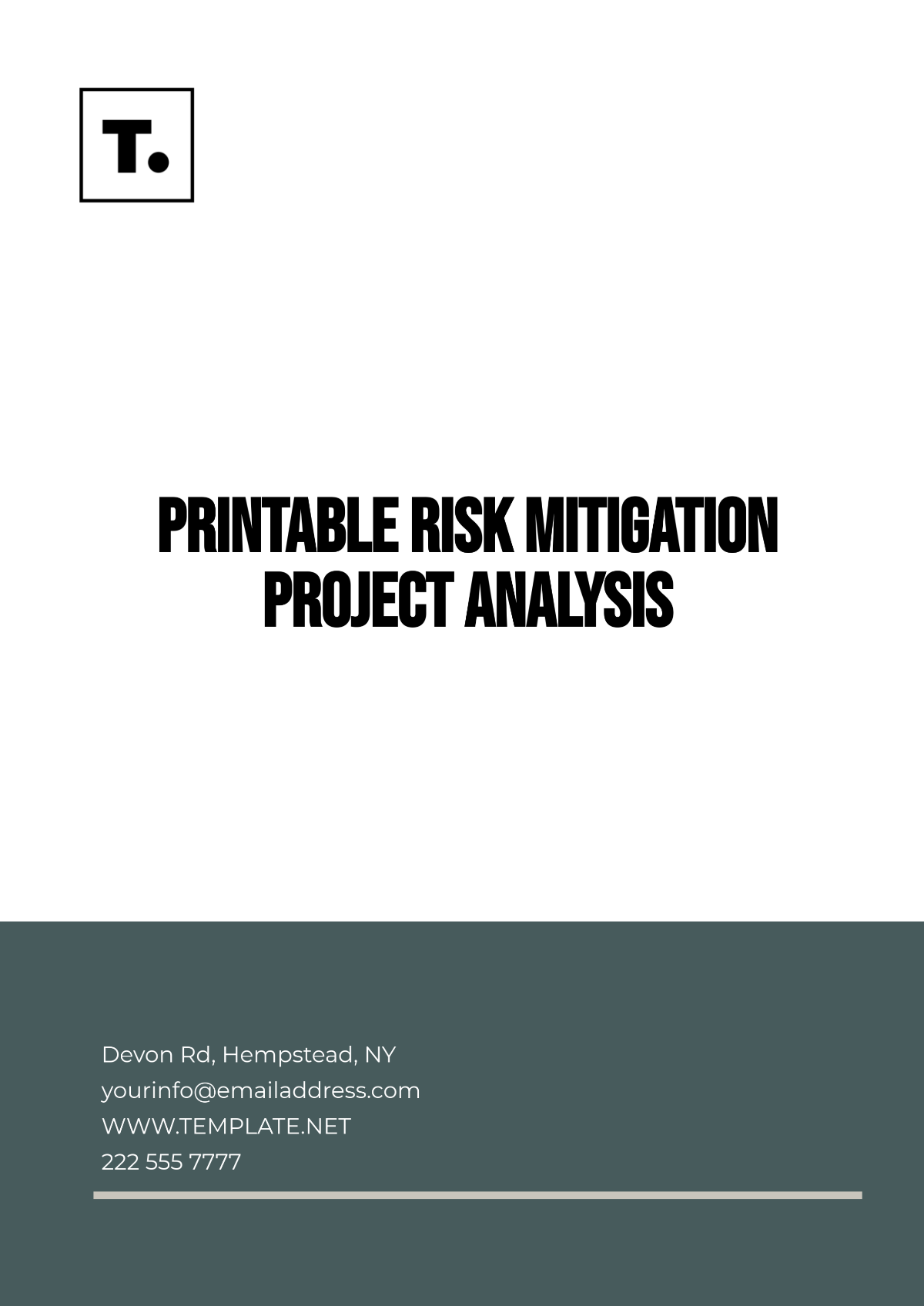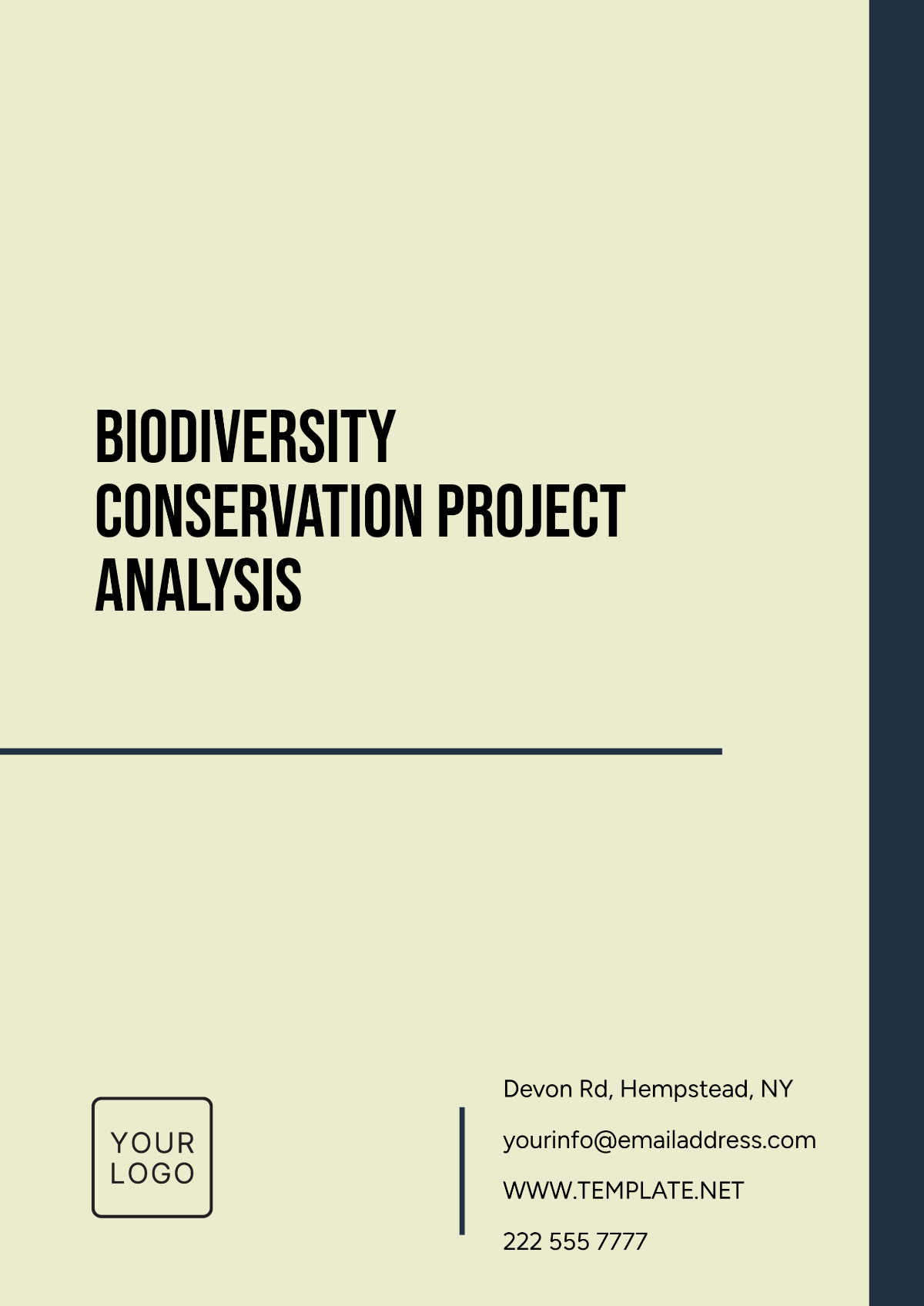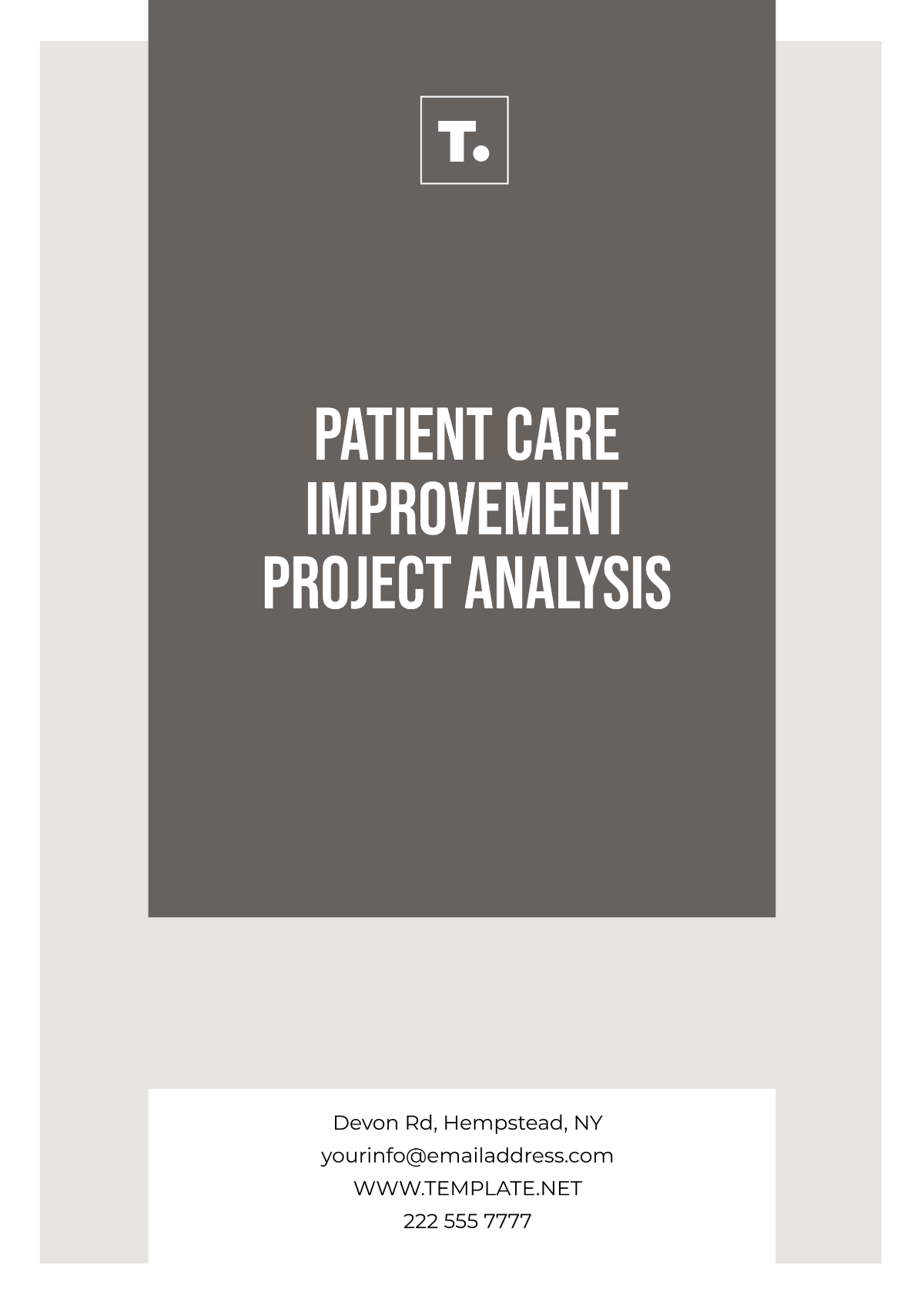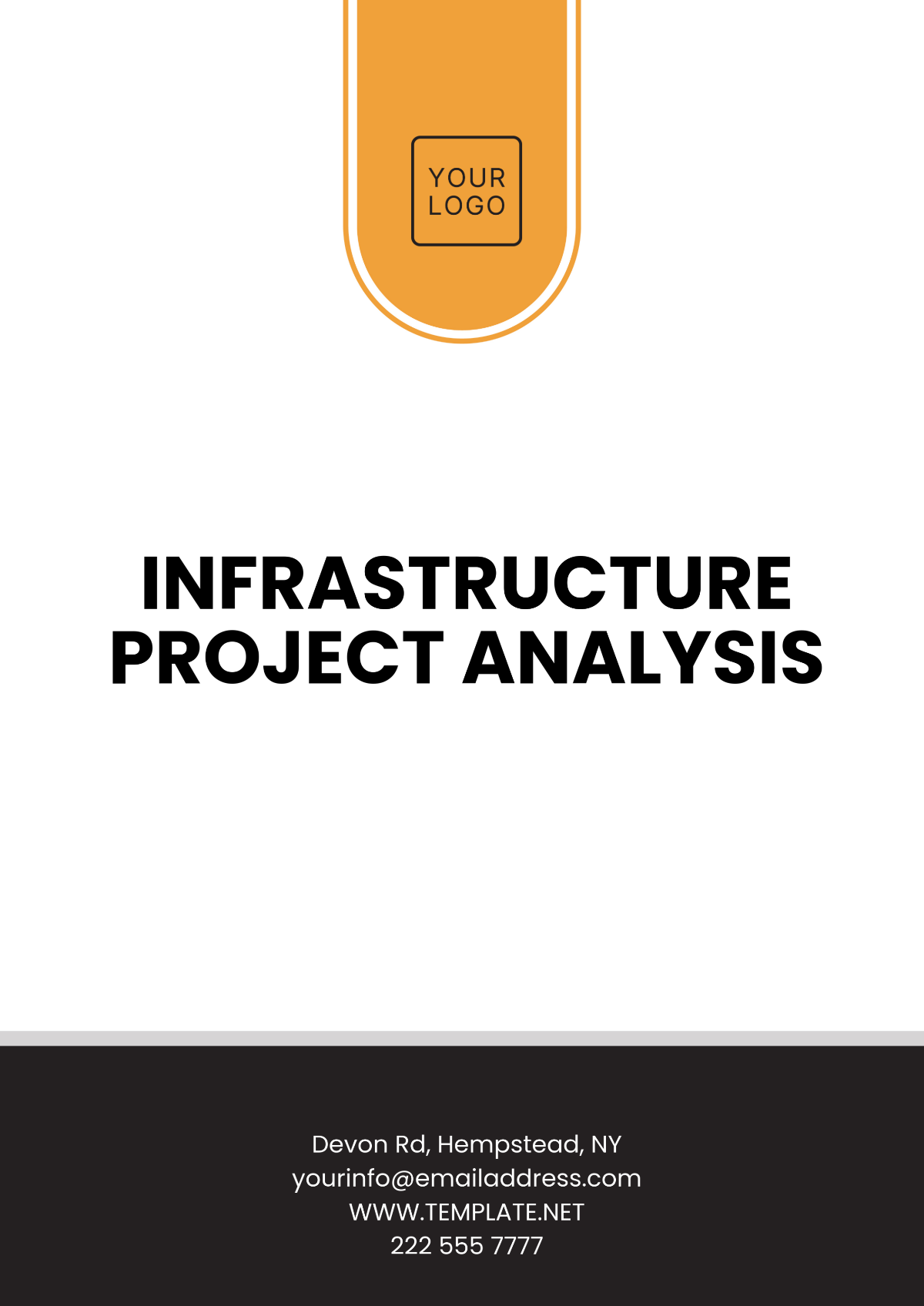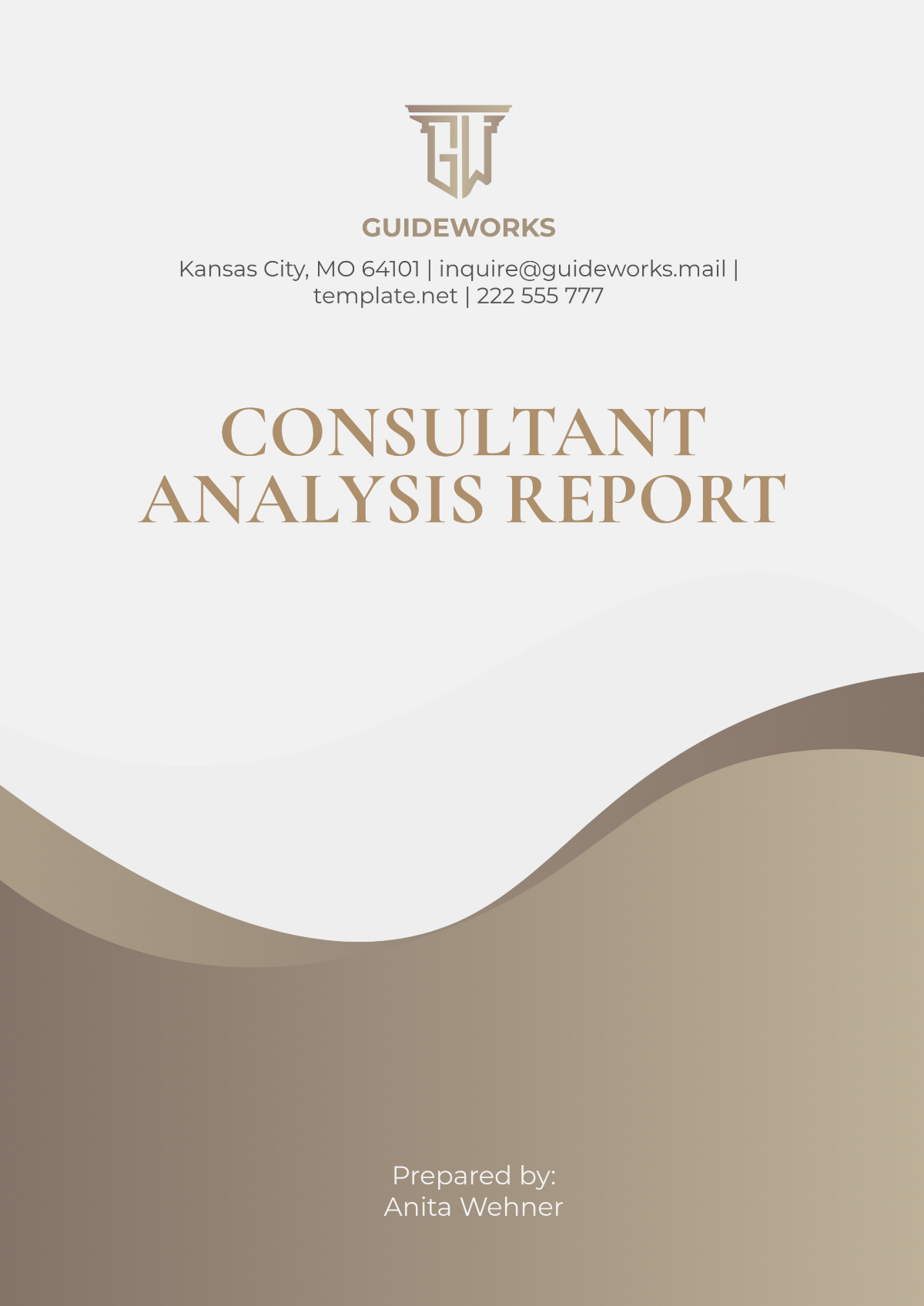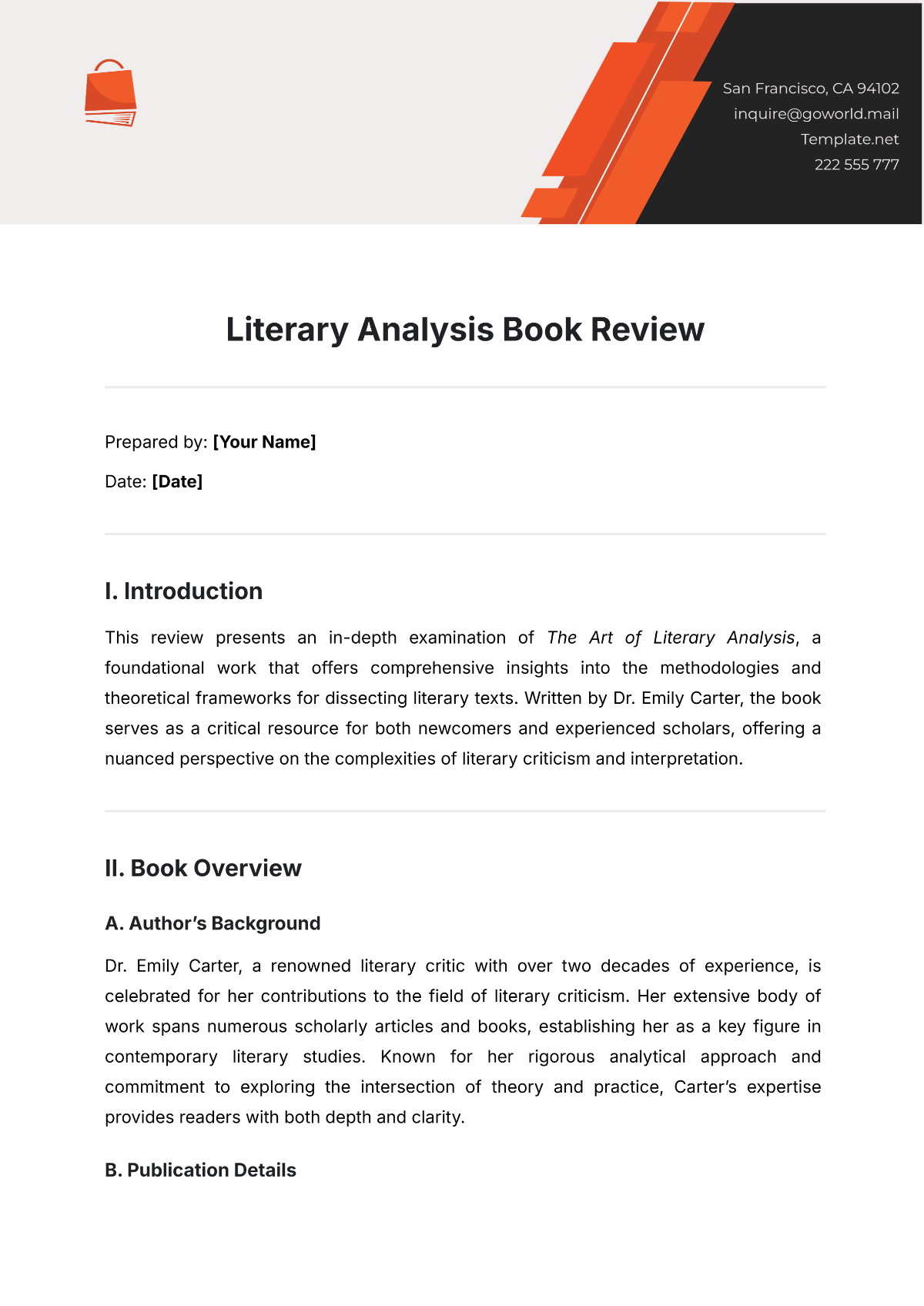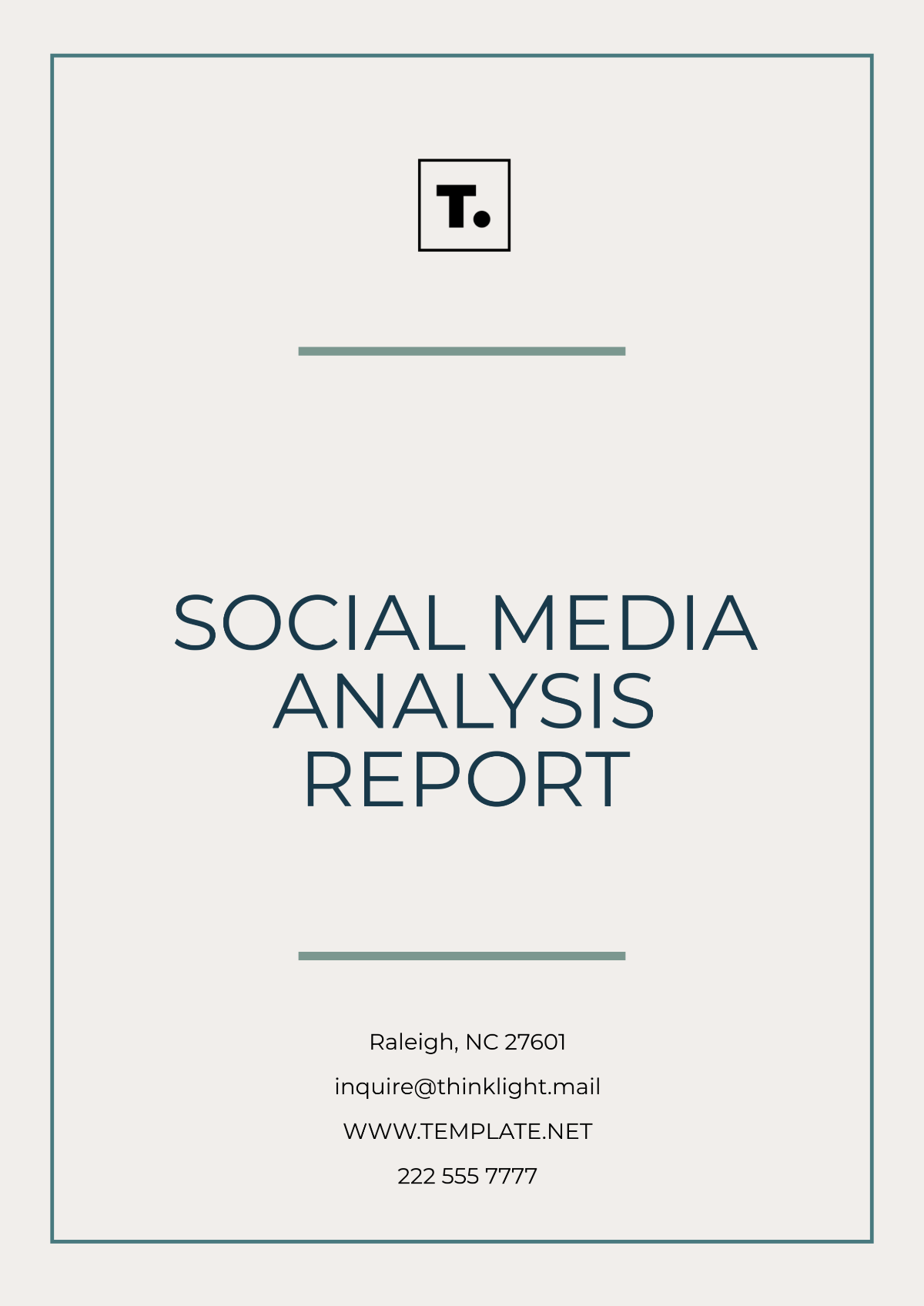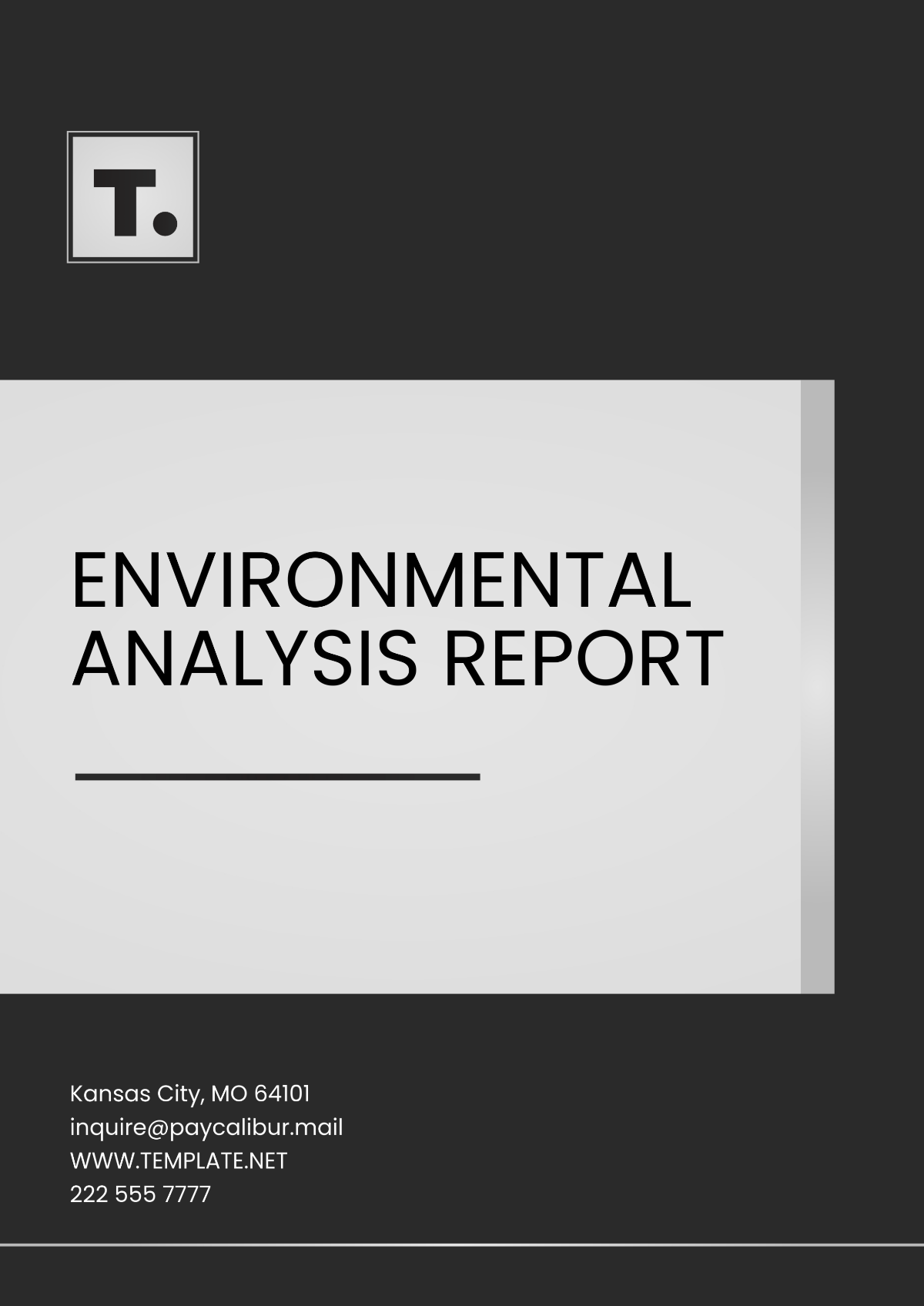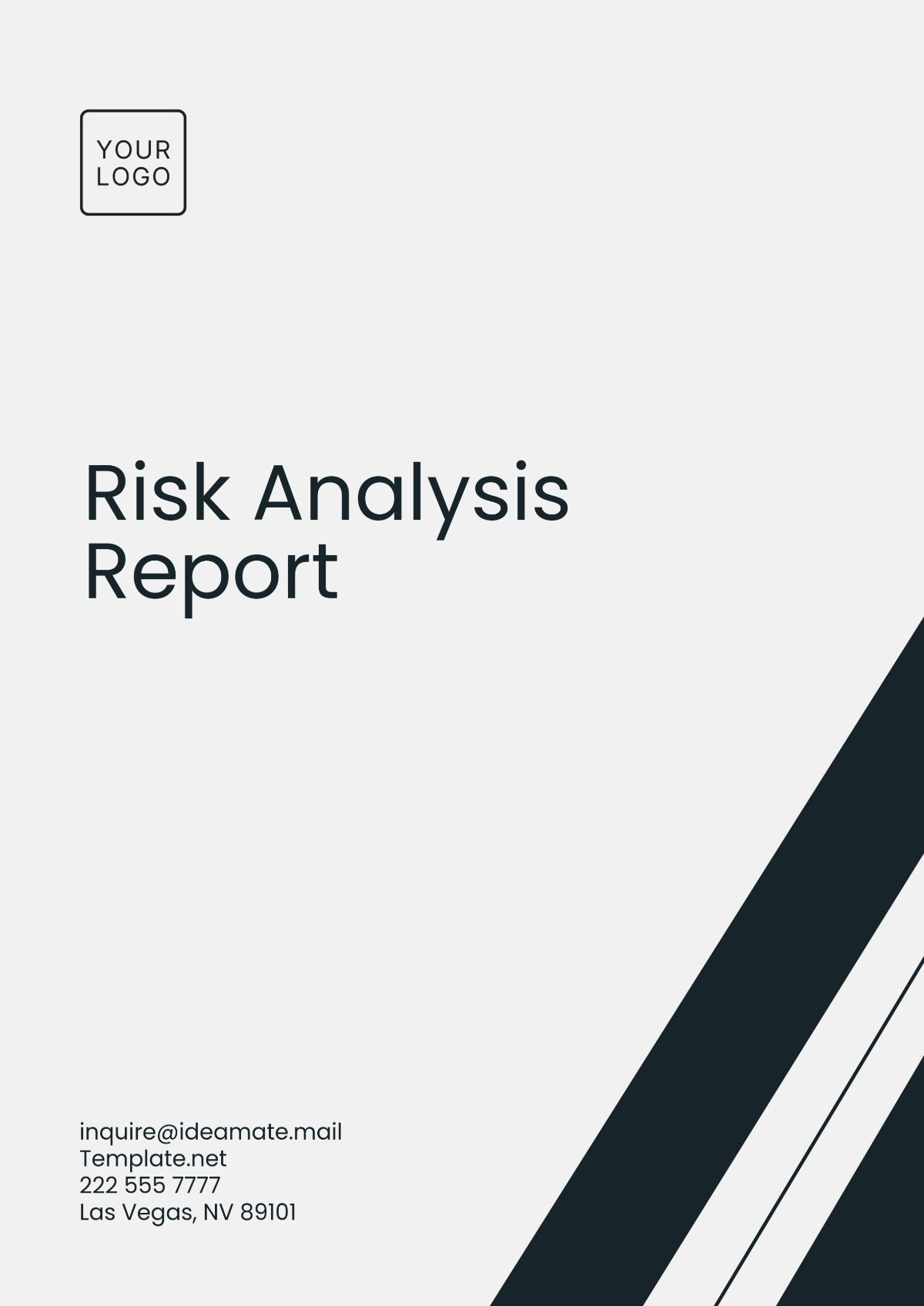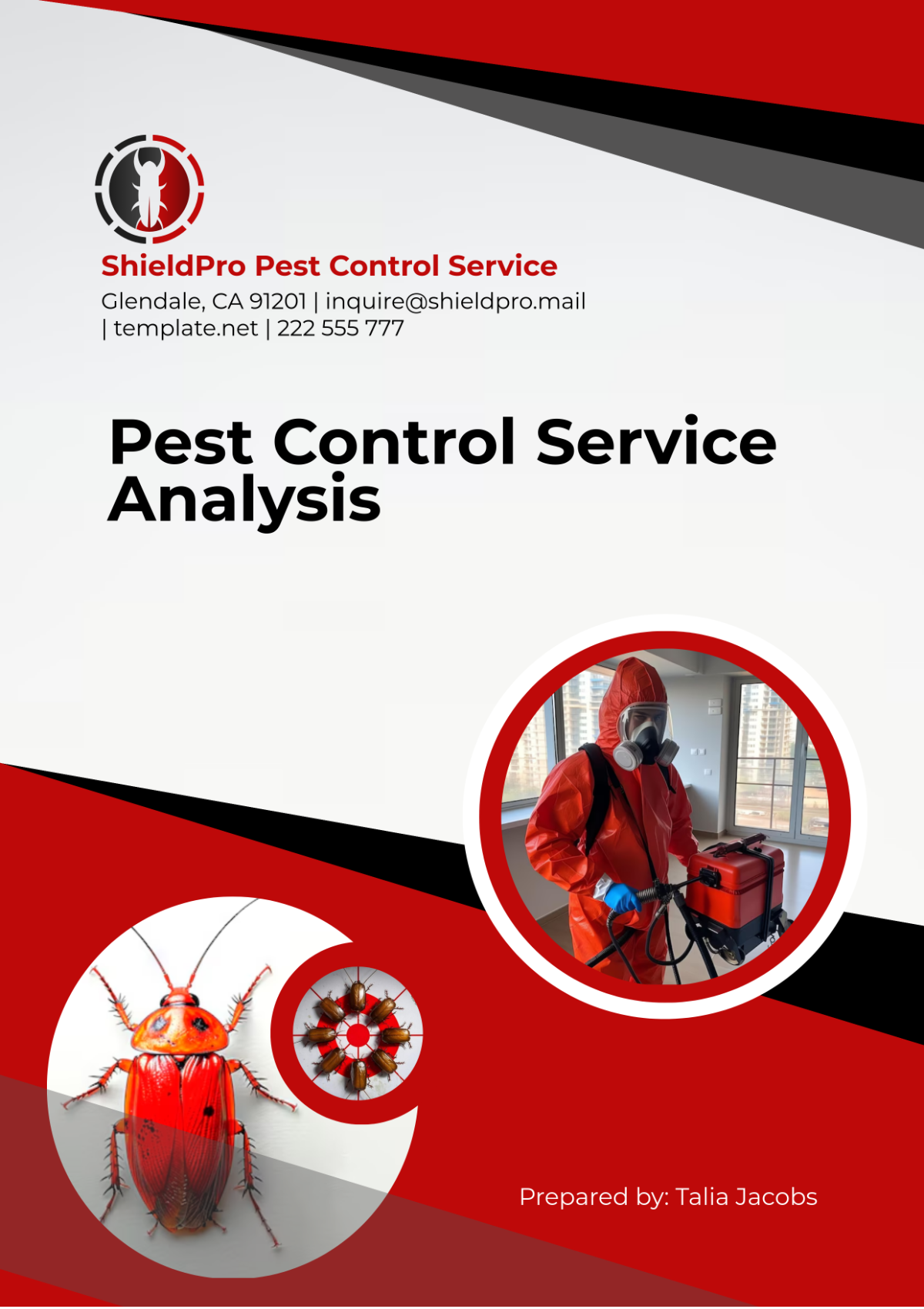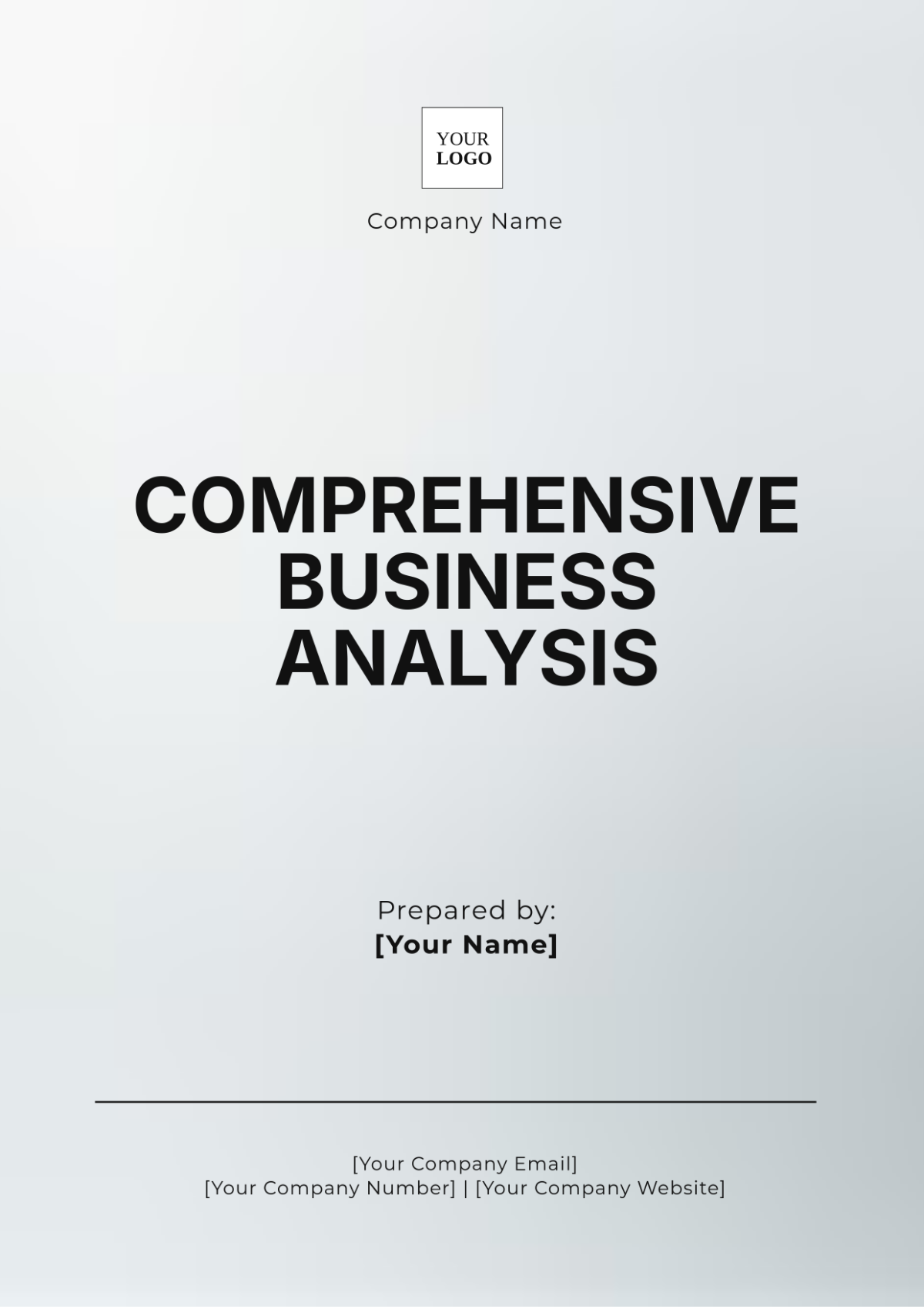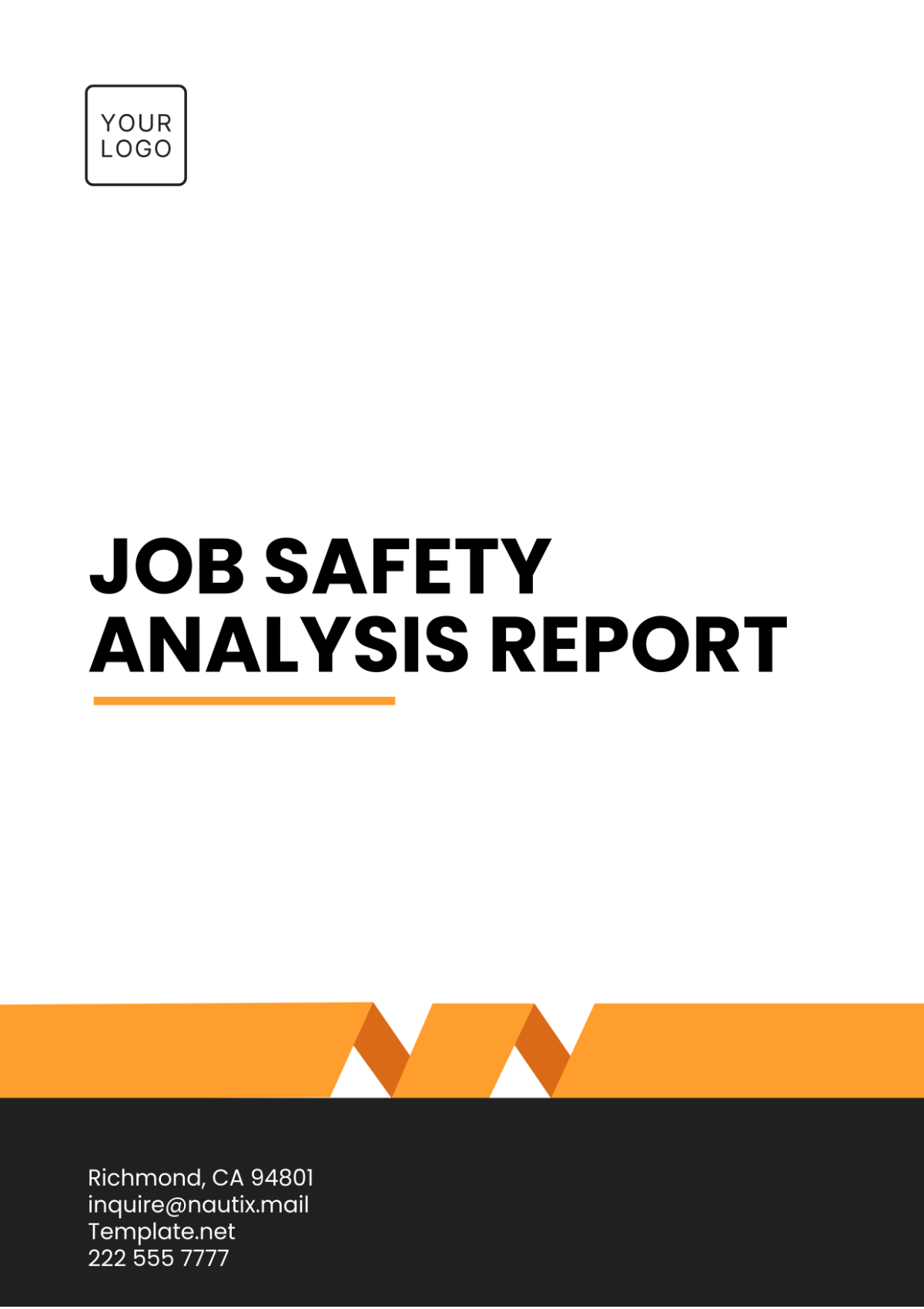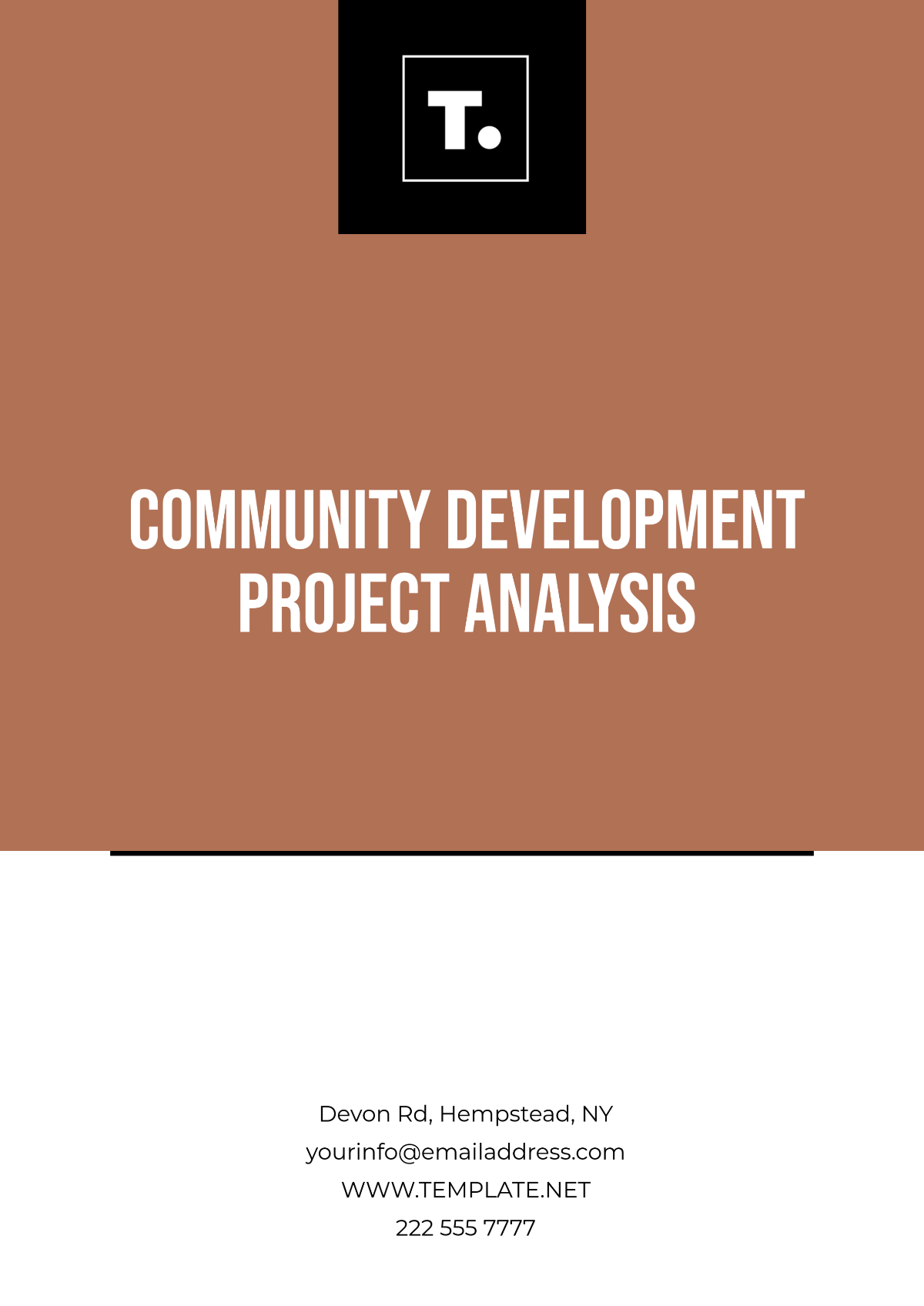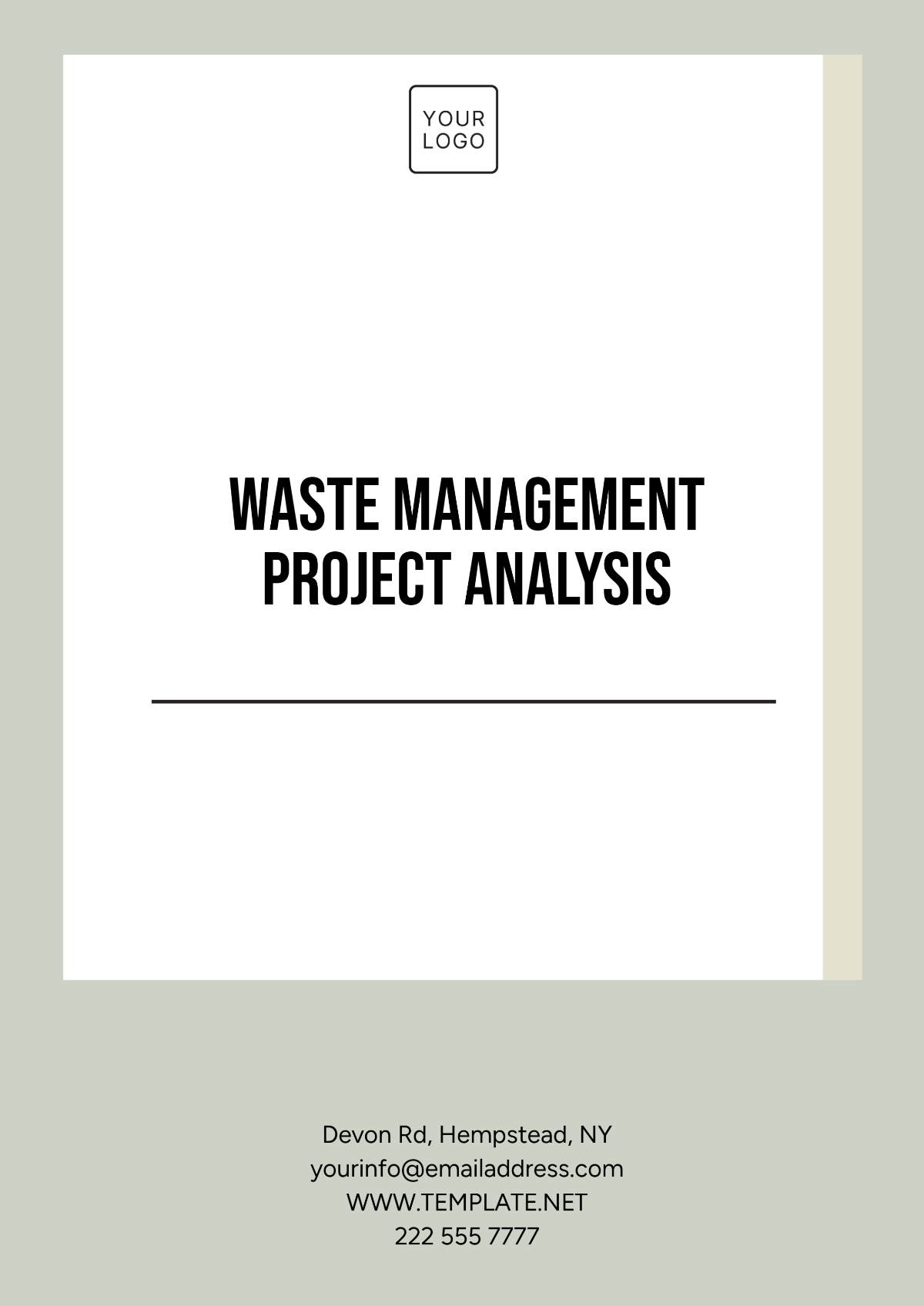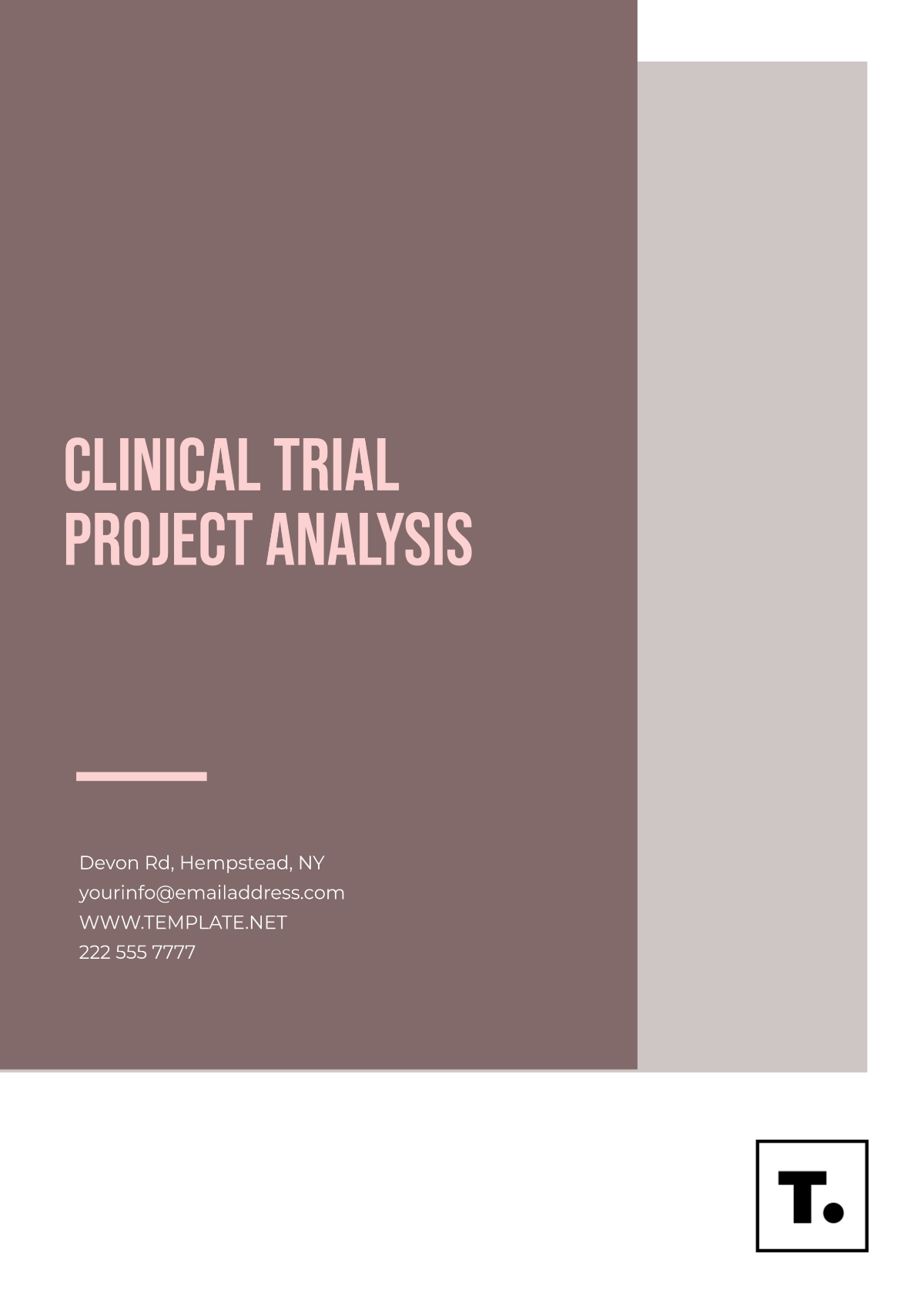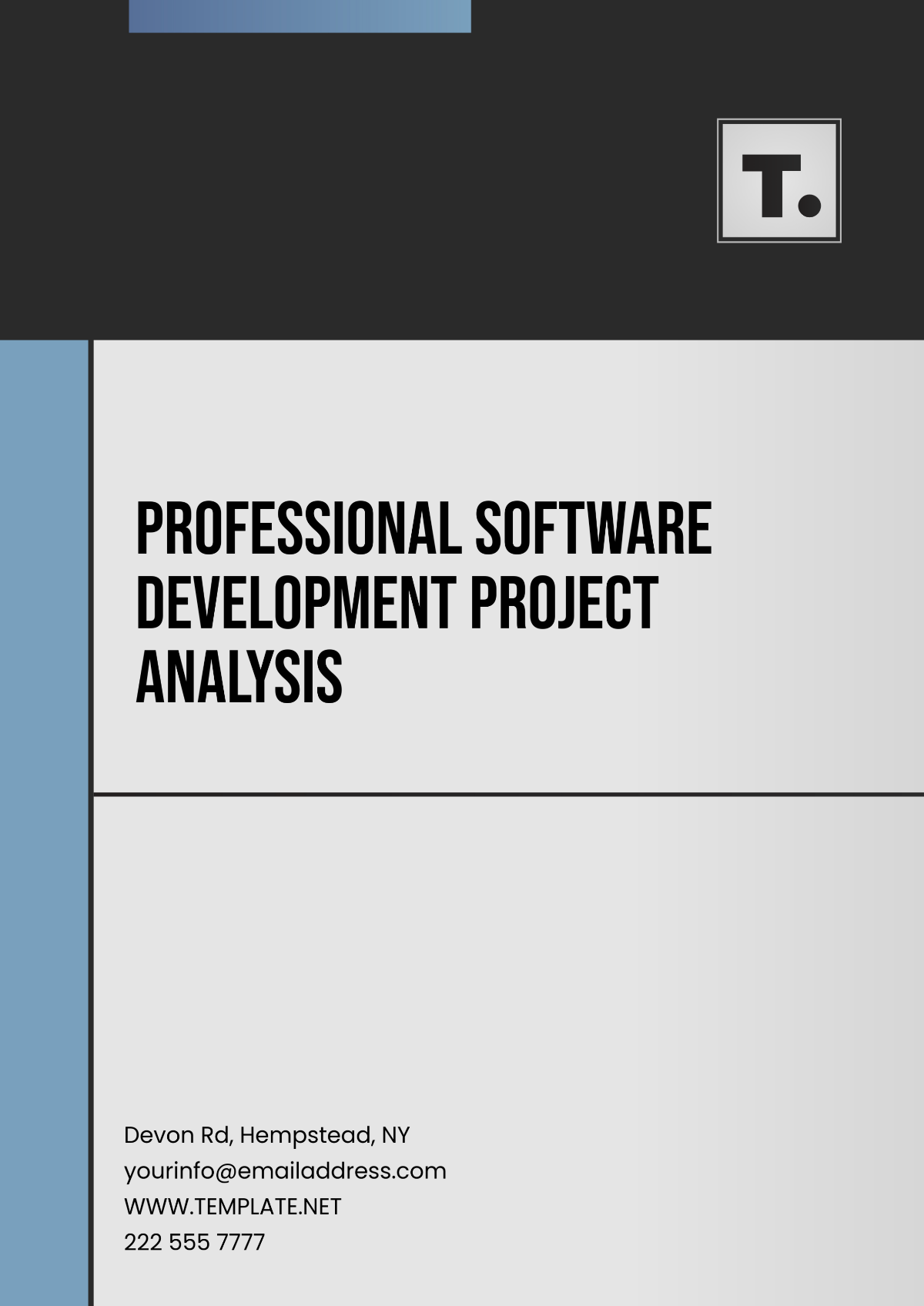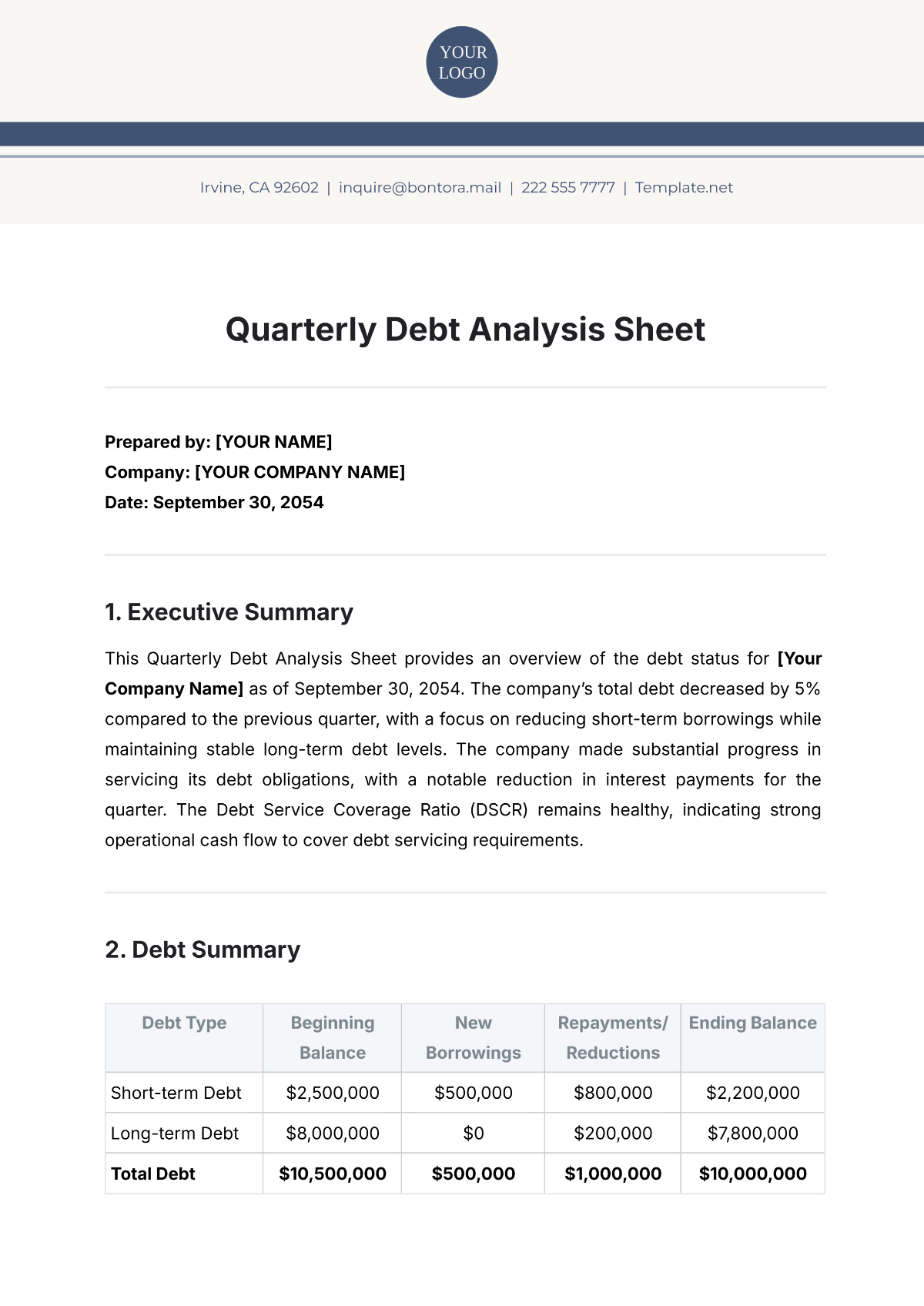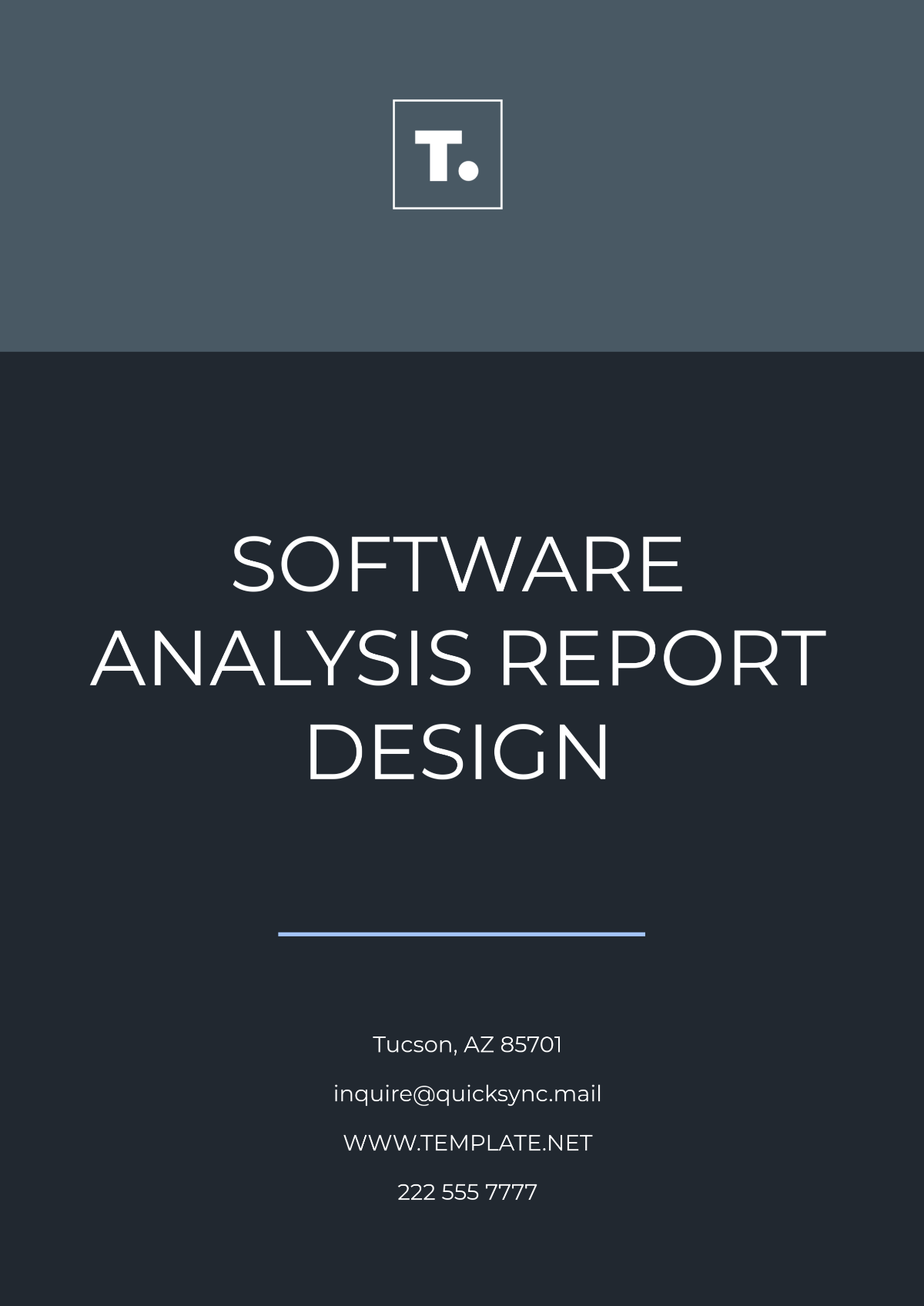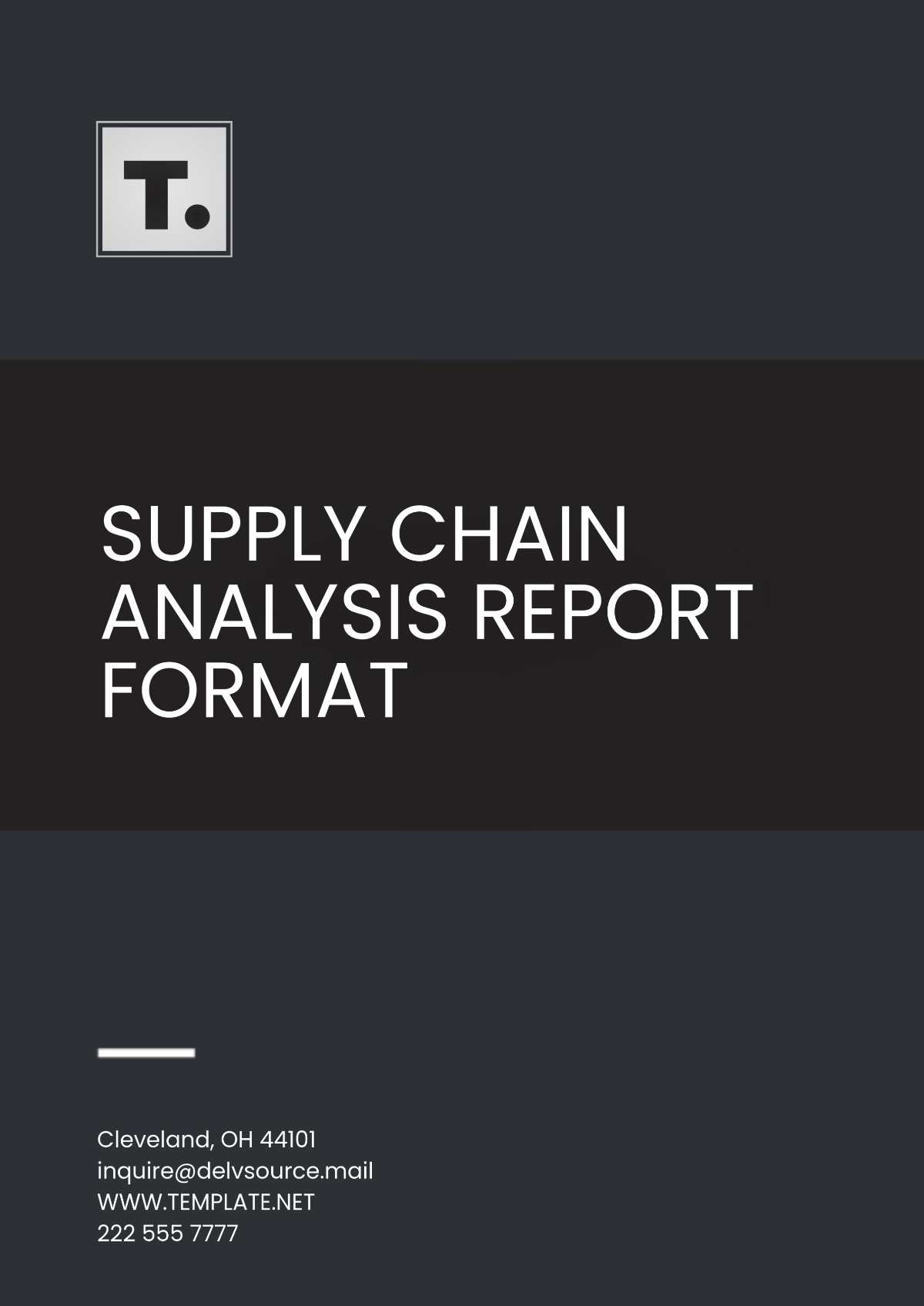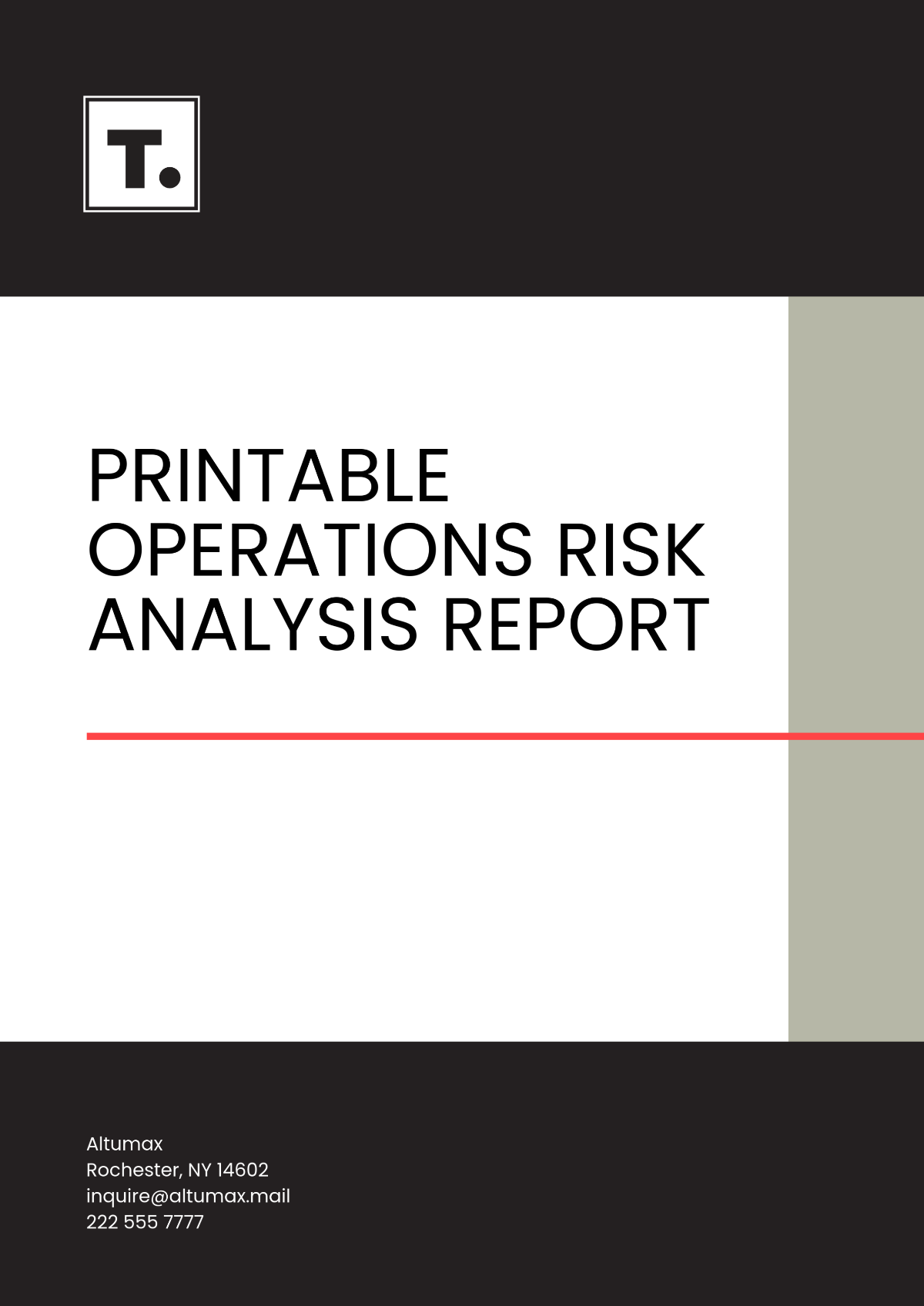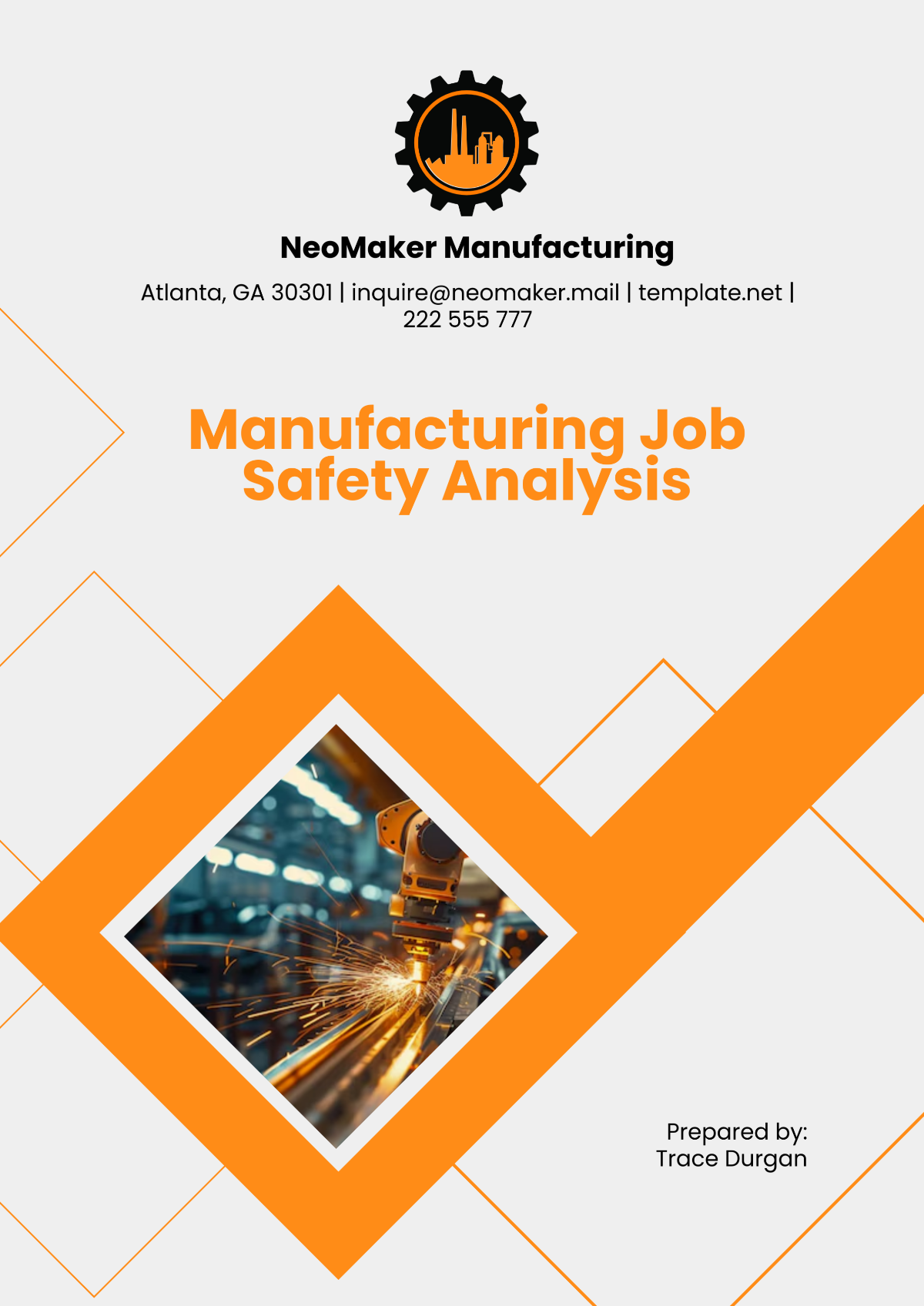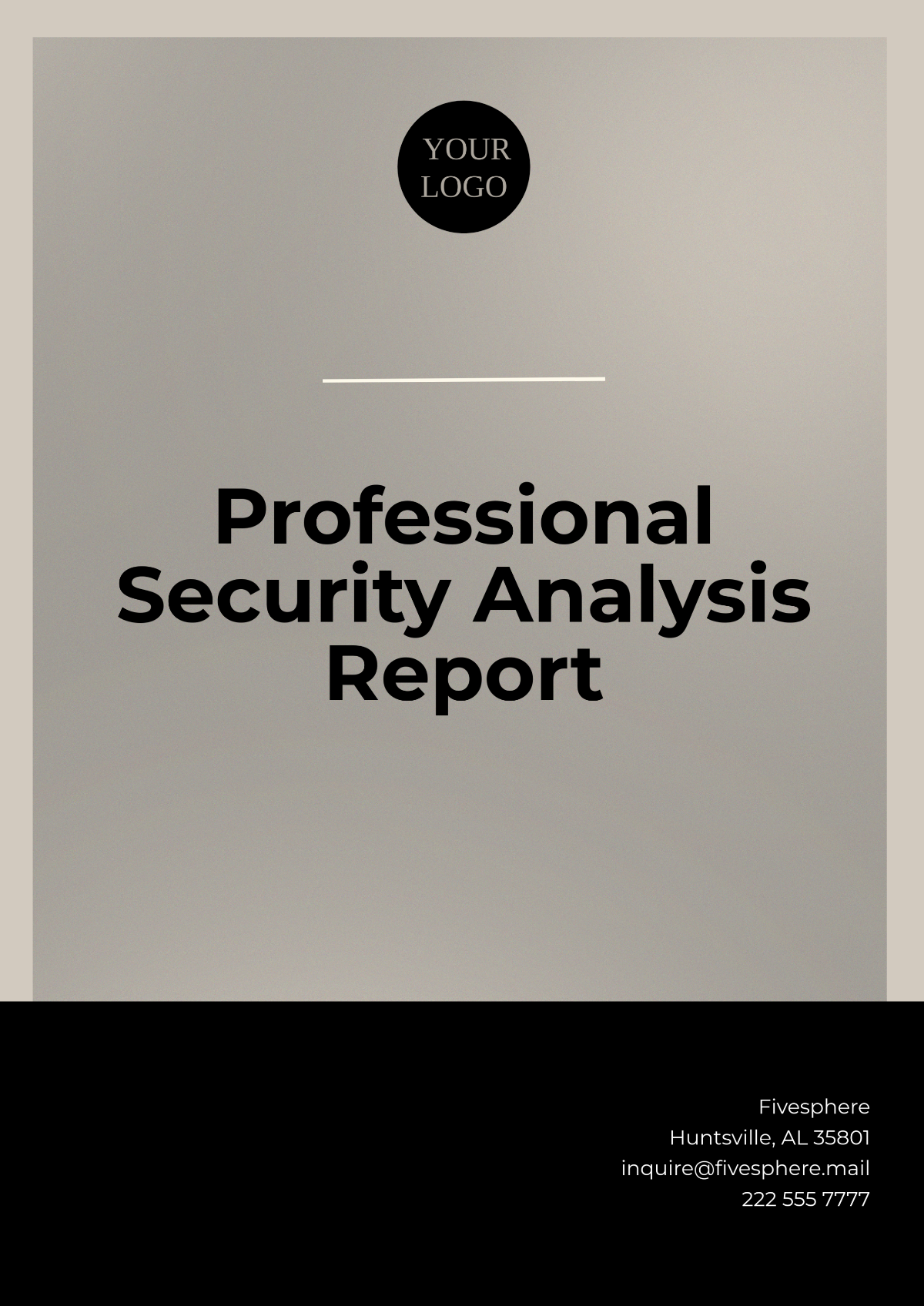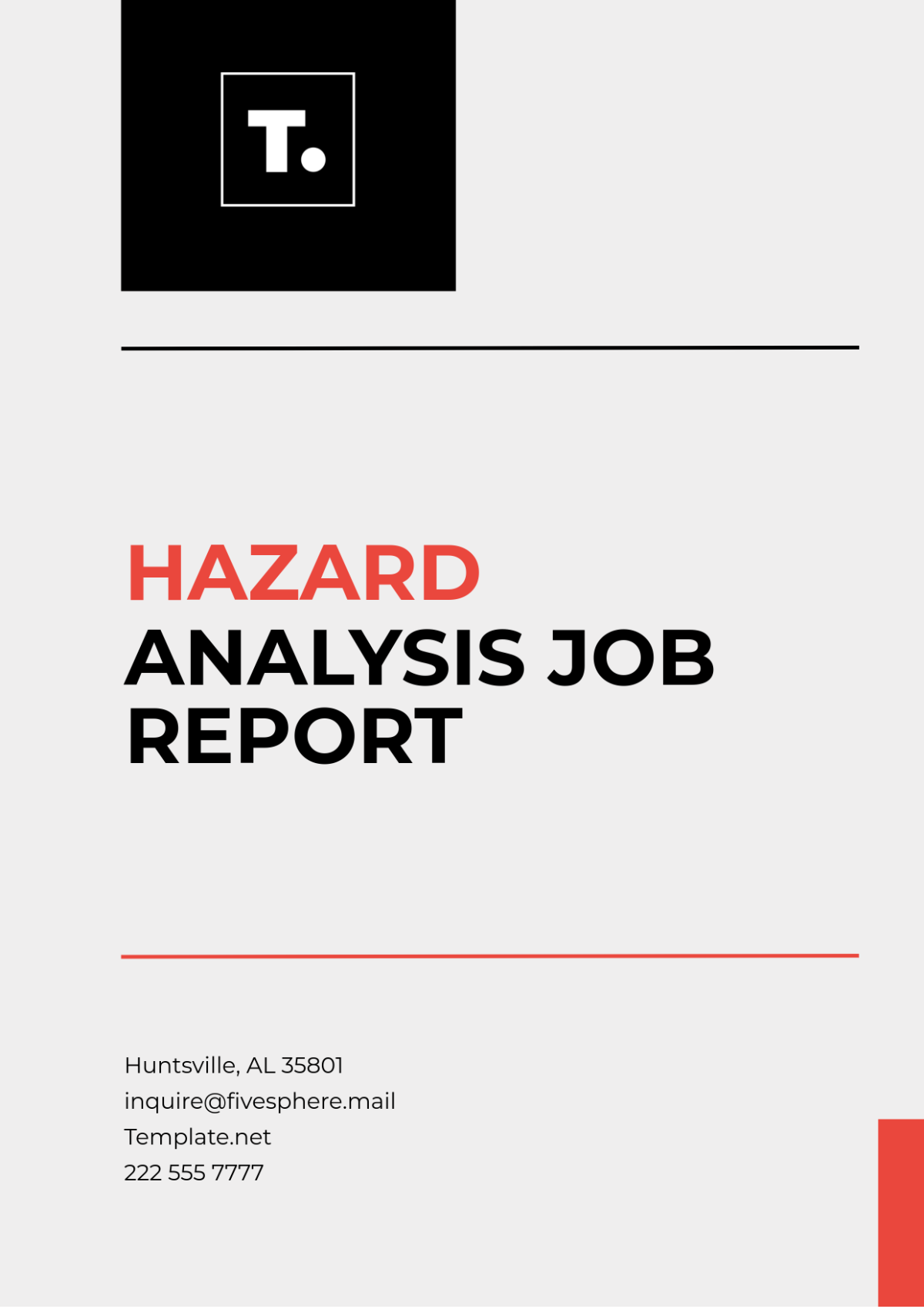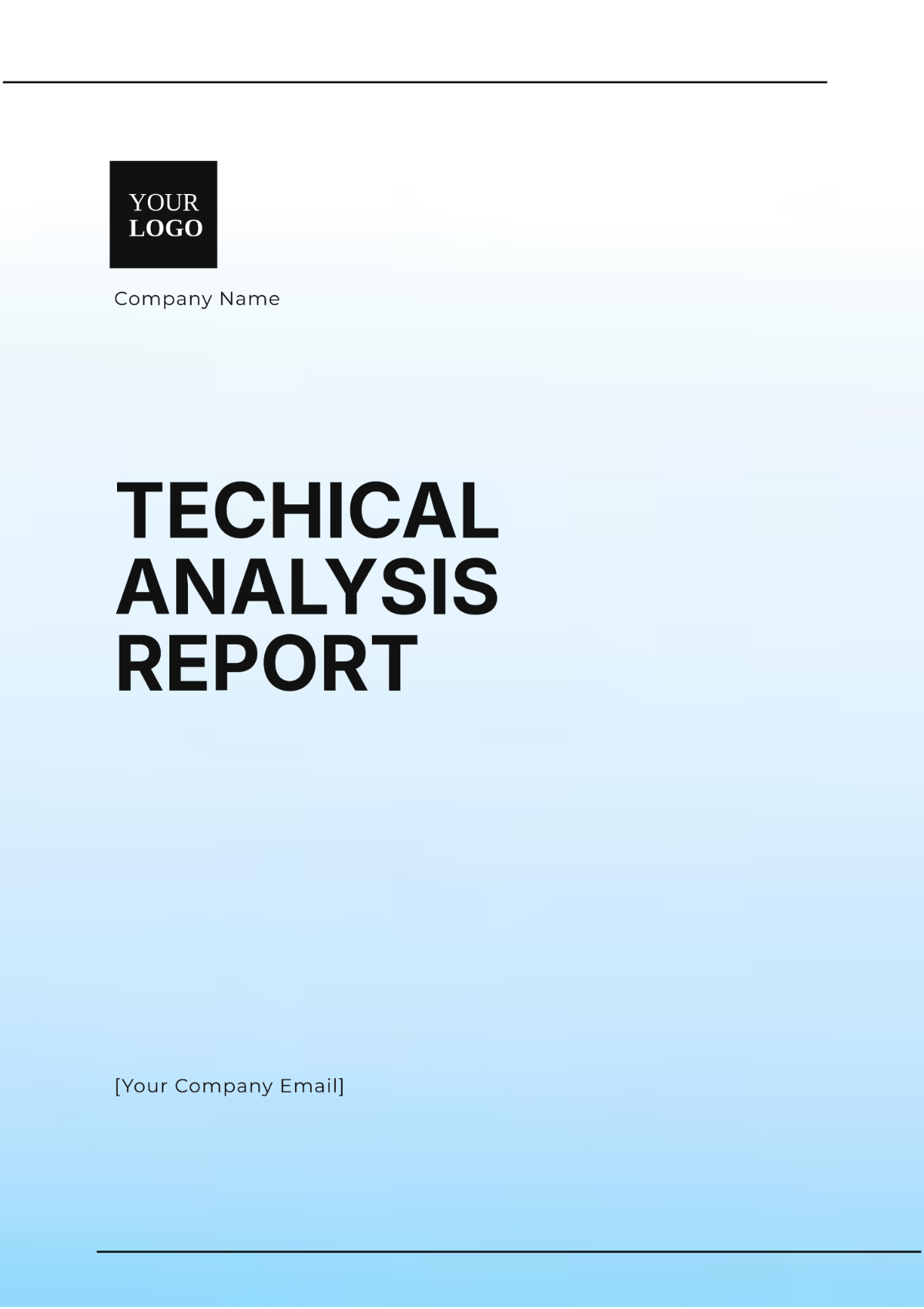Hazard Analysis
Prepared By: | [Your Name] |
Company: | [Your Company Name] |
Address: | [Your Company Address] |
I. Executive Summary
In this detailed document, we present a meticulous roadmap for conducting safety audits and assessments, essential for ensuring that [Your Company Name] operates in full compliance with the myriad safety regulations governing our industry. Our primary goal is to identify, analyze, and proactively mitigate potential risks across all facets of our operations to maintain a secure working environment.
II. Objectives of the Hazard Analysis
Our objectives are multifaceted and designed to safeguard our workforce and assets:
Ensuring that we meet or exceed national and international safety standards, thereby fostering trust with regulatory bodies and stakeholders.
Identifying potential risks and vulnerabilities inherent in our operational processes, ranging from manufacturing to logistics.
Recommending practical and effective safety enhancements and corrective measures to fortify our safety protocols.
Cultivating a culture of safety awareness and competence among our employees, empowering them to actively contribute to our safety initiatives.
III. Scope of Analysis
Our analysis spans the entirety of our operations, including:
Manufacturing floors, where the machinery and processes present inherent risks.
Warehouse and storage facilities, where proper handling and storage of materials are paramount.
Office environments, which may seem low-risk but still require scrutiny for potential hazards.
Transportation and logistics operations, where the movement of goods poses unique safety challenges.
IV. Methodology
A. Data Collection
We leave no stone unturned in gathering pertinent information, employing methods such as:
Reviewing existing safety policies and procedures to understand our baseline.
Conducting thorough inspections and walkthroughs of all facilities, identifying any potential hazards or deviations from safety protocols.
Engaging in interviews with both frontline employees and management to gain insights into their experiences and observations regarding safety.
Analyzing historical incident reports and claims to identify patterns and trends, enabling us to address root causes effectively.
B. Risk Assessment
Our risk assessment process is rigorous and meticulous, involving:
Identification of potential hazard sources across all operational domains.
Evaluation of the potential impact of identified risks on our operations, employees, and assets.
Determination of the likelihood of occurrence for each identified risk scenario.
Prioritization of risks based on a combination of severity and likelihood, enabling us to allocate resources effectively.
C. Reporting
Our reports are comprehensive and actionable, featuring:
Succinct summaries of key findings from the audits, providing stakeholders with a clear understanding of our safety landscape.
Statistical analysis of incident-related data, highlighting trends and patterns to inform our mitigation strategies.
Concrete recommendations for mitigating identified risks, complete with implementation plans and timelines for action.
V. Compliance Standards Reference
Our analysis is firmly rooted in compliance with:
Occupational Safety and Health Administration (OSHA) guidelines, which serve as a cornerstone of workplace safety regulation in the United States.
ISO 45001 - Occupational Health and Safety standards, providing internationally recognized best practices for managing occupational health and safety.
Local and regional safety compliance requirements, ensuring that we adhere to all applicable laws and regulations in the jurisdictions where we operate.
VI. Recommendations
Drawing from our analysis, we propose a series of strategic recommendations aimed at enhancing our safety posture:
Integration of state-of-the-art safety technology and tools, such as automated monitoring systems and personal protective equipment.
Enhancement of employee training programs focused on safety awareness and skill-building, ensuring that our workforce is equipped to identify and respond to potential hazards.
Regular revisions and updates to our safety policies and procedures, reflecting evolving best practices and lessons learned from incident investigations.
Implementation of robust monitoring and internal audit mechanisms, enabling us to proactively identify and address emerging safety risks before they escalate.
VII. Conclusion
In conclusion, the hazard analysis serves as a critical cornerstone of our commitment to safety excellence. By heeding the recommendations outlined in this document, we can fortify our defenses against potential hazards and foster a workplace culture where safety is paramount.
VIII. Approval and Implementation
Upon receiving management approval, the proposed actions will be promptly implemented according to a carefully crafted timeline. Regular follow-up and review sessions will ensure that our safety initiatives remain on track and allow for adjustments as needed to address emerging risks and opportunities for improvement.
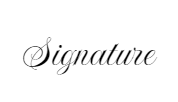
Name: [Your Name]
Date: [Approval Date]
